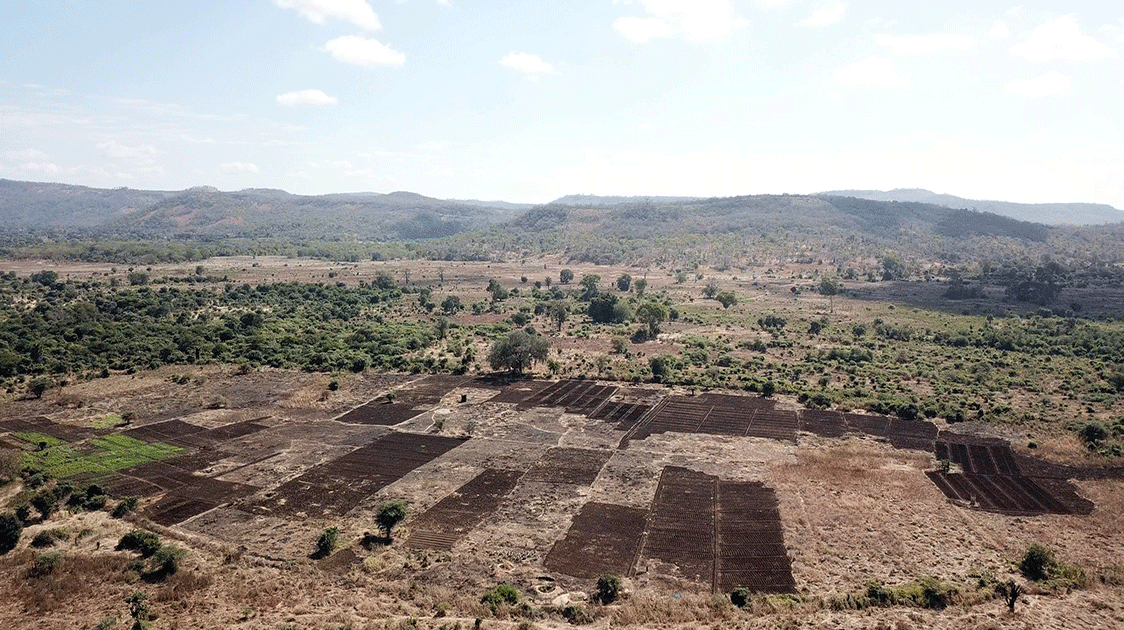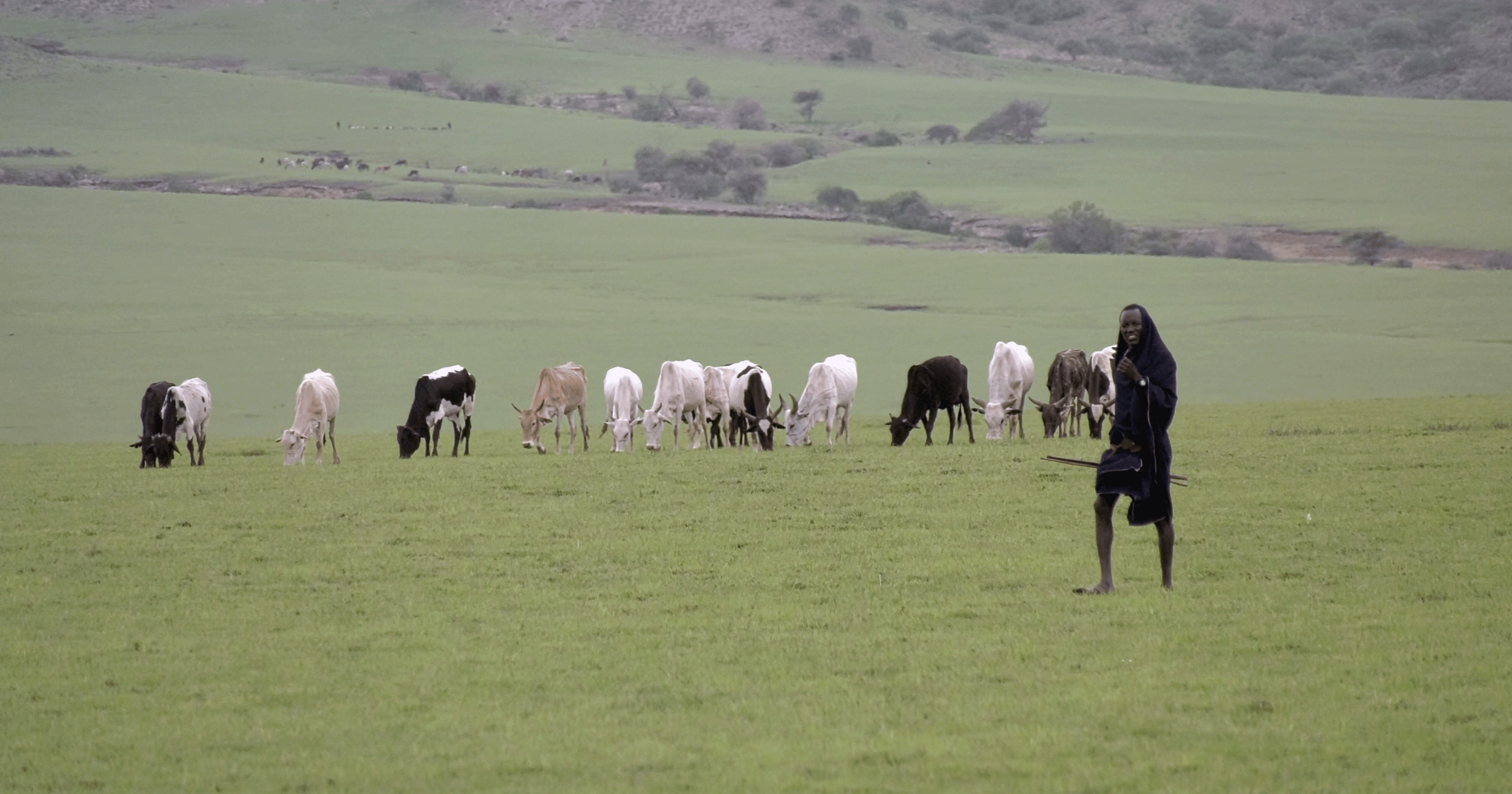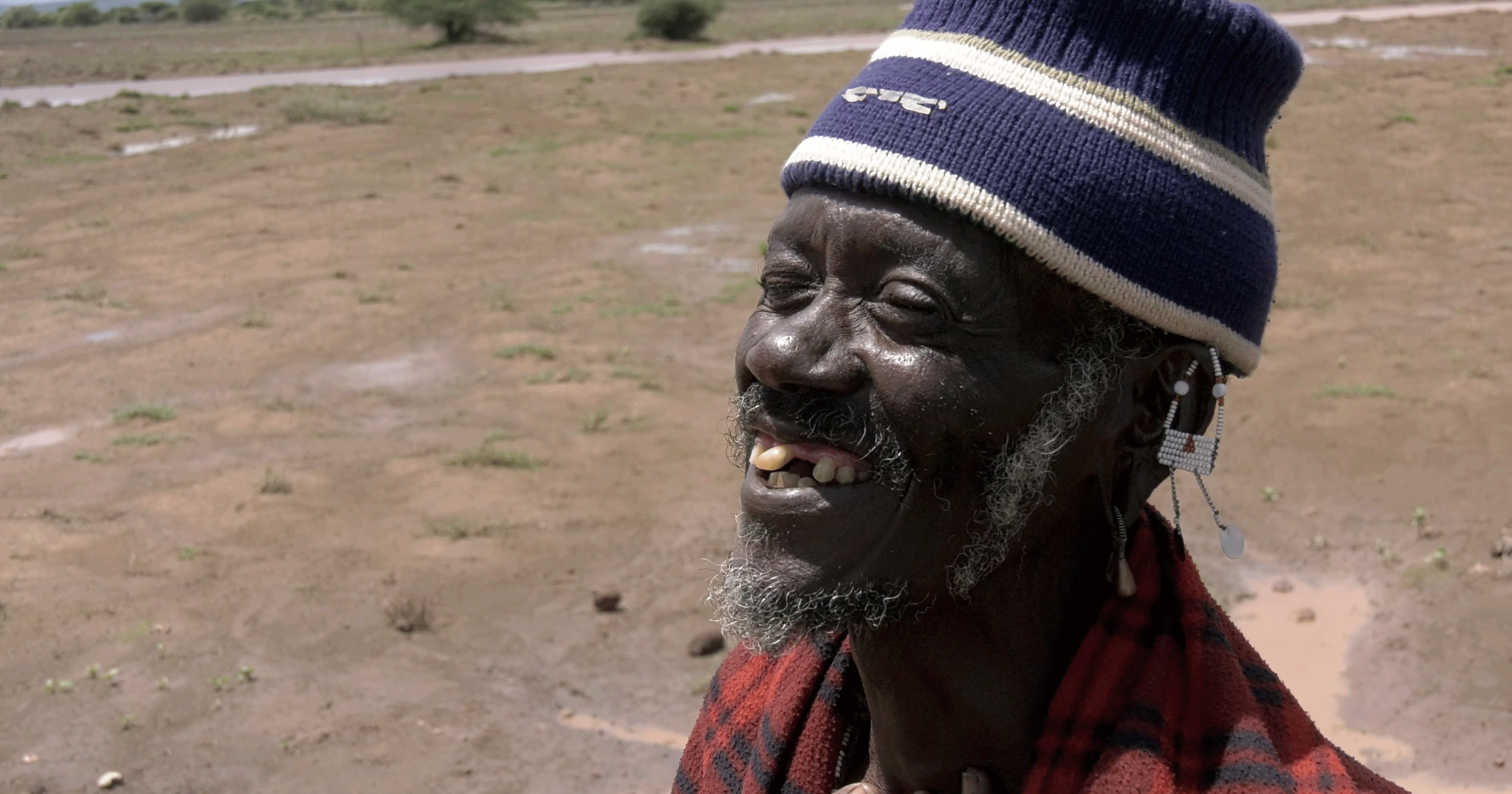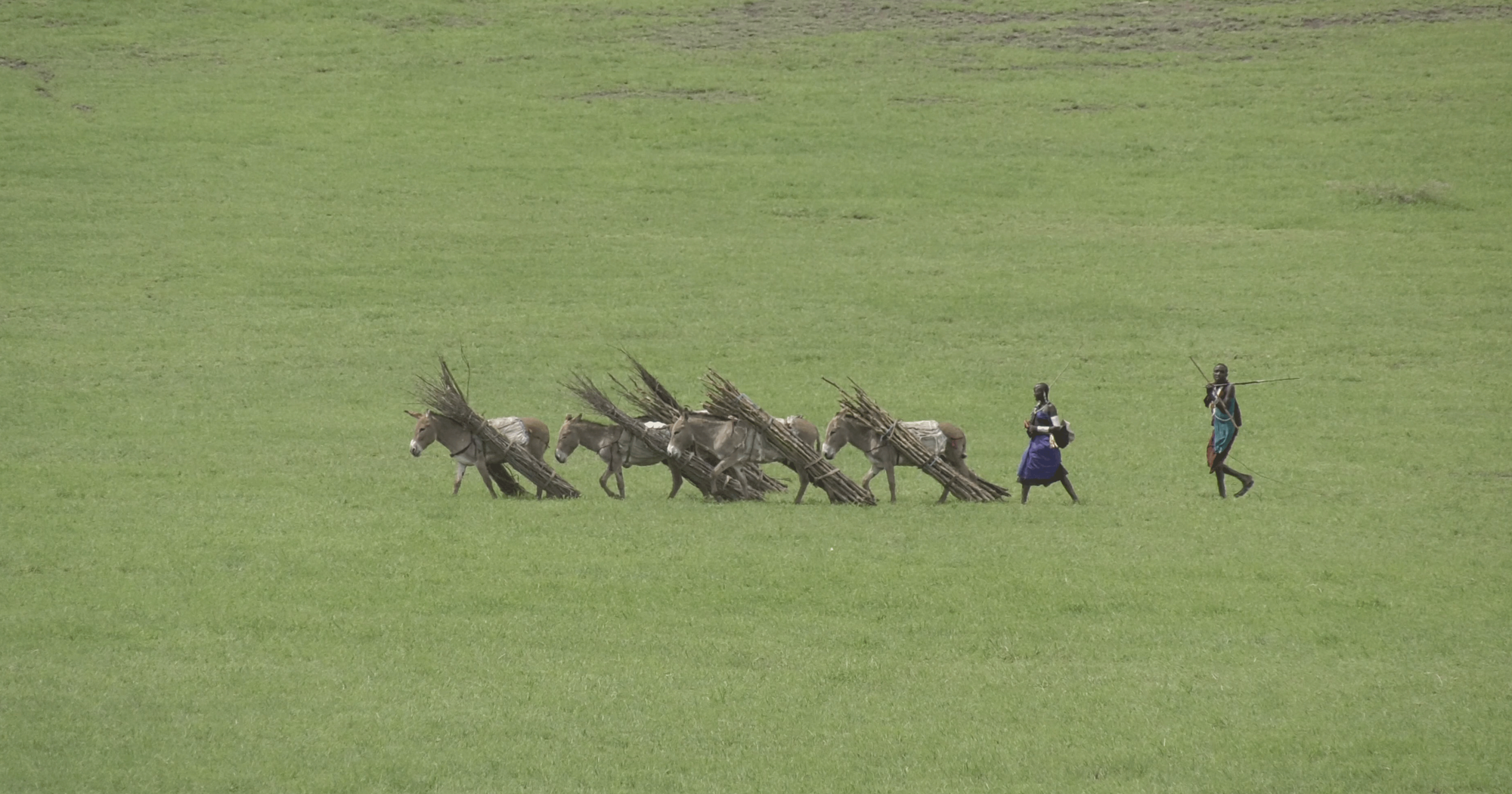Appropriate and Sustainable Land Use

By Zig Mackintosh
In a 2009 paper, The Economics of Wildlife Conservation Policy in Kenya, Michael Norton-Griffiths states that although Kenya is some 580,000 sq km in area, only 15% supports continuous agricultural production. The remaining 500,000 sq km of the country consists of rangelands.
While some of these rangelands have agricultural potential, most are arid drylands or semi-deserts. These rangelands support some 4 million pastoralists with their livestock, the majority still following a traditional, nomadic lifestyle.
As of the paper's publication date in 2009, Kenya had lost 44% of its wildlife over the previous 18 years, while livestock populations were relatively stable over the same period. The government didn't set out to lose half the country's wildlife, so the problem boils down to critical policy failure.
Norton-Griffiths believes that property rights and land tenure are central to the issue. The land is either adjudicated or unadjudicated outside the protected areas, where 4 million pastoralists live.

On adjudicated land, property rights are assigned to individual landowners or groups of landowners who share the property rights and tenure. These property rights are legally enforceable, so tenure is strong, and landowners can, within reason, do what they like with their land.
The property rights on unadjudicated land remain in trust by the county councils on behalf of the land users. They have usufruct rights based on their traditional lifestyles, but tenure is weak, and with no formal or legally enforceable property rights, there are ongoing problems over land alienation.
A landmark land reform policy in Kenya aimed to privatize land ownership in rural areas. The goal was to make the land a valuable asset that could leverage capital and stimulate rural development and poverty reduction through agricultural intensification.
Millions of land parcels in Kenya were registered, but mixing traditional land tenure with individual property rights resulted in a toxic cocktail. More than 70% of land transactions and succession cases were undertaken under the traditional rules without requiring official titles.

In many instances, people occupy the land they have no title to because of the cost, bureaucracy, corruption and complexity involved in acquiring or inheriting a title. Without title, the land asset becomes 'dead capital' and cannot generate investment.
One of the top 5 environmental disasters of all time had its roots in an 1862 United States federal homesteading policy offering unrealistically small farm allotments. On the Great Plains, inappropriate farming practices by thousands of small-scale farmers who attempted to scratch out a living led to overgrazing, excessive plowing and the exposure of loose soil to wind and erosion on 50 million hectares.
The Dust Bowl of the 1930s was the subsequent calamity.
Three million people eventually had to leave their farms on the Great Plains, and the region's recovery took a lot of money and the implementation of environmentally sound agricultural practices. The small landowner eking out a living was replaced by large-scale mechanized farming, and today the Great Plains are the country's breadbasket.
African countries with growing human populations dependent on an agricultural economy can spread or intensify existing land uses. Alternatively, they can encourage more efficient use of the strictly limited amount of energy that can be harvested sustainably from renewable resources such as wildlife.

This alternative preserves biological diversity and natural landscapes outside formally protected government-controlled areas while enhancing rural production. It is also an initiative in which Africa has a comparative economic advantage over the rest of the world because of its spectacular wildlife.
With accelerating desertification, despite considerable investment in agricultural research and extension, there is little choice.

Comments ()